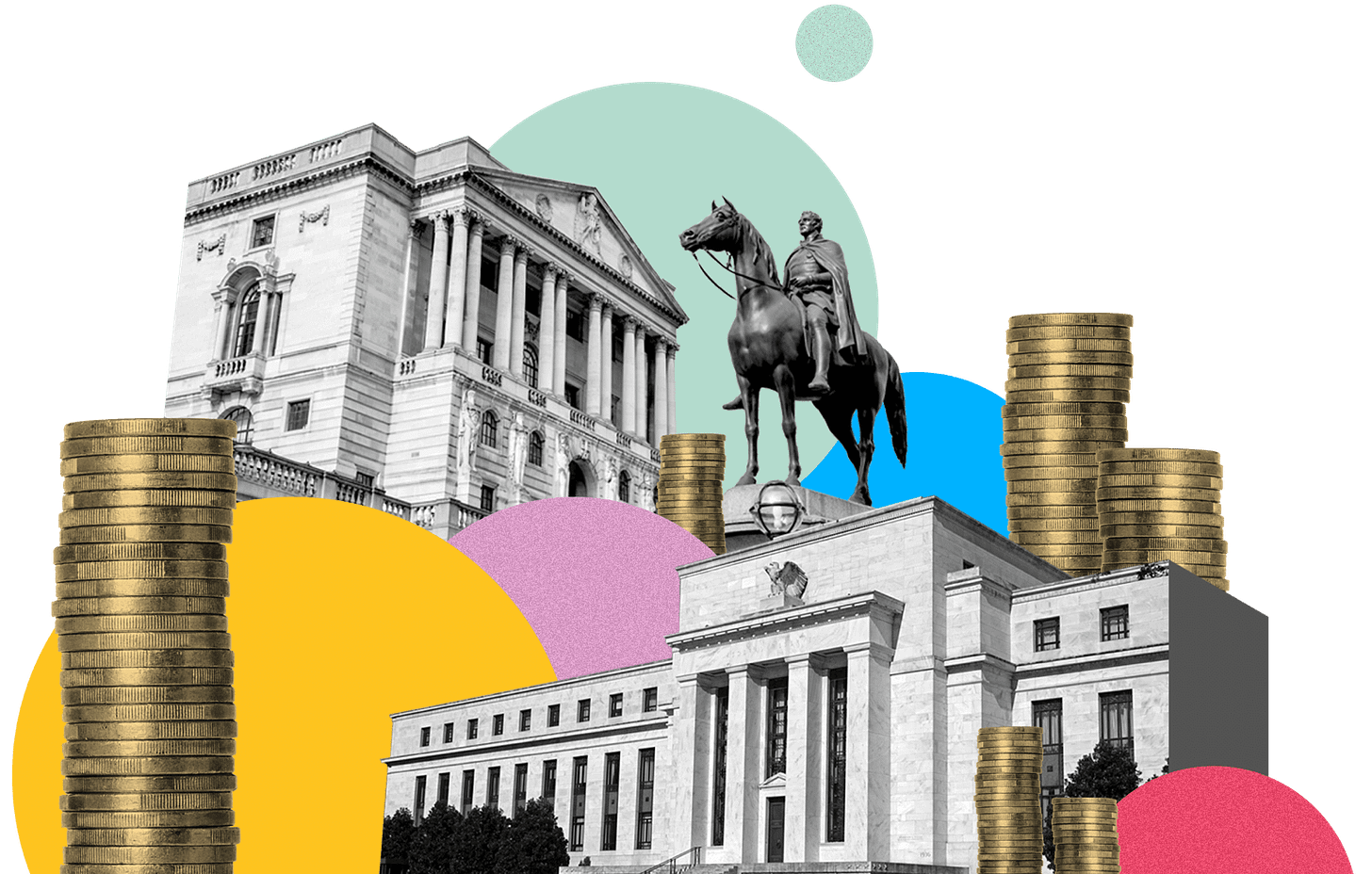Fed watching is an art; a byproduct of a cumulative experience and critical observation. Luckily, we have had a great run so far. That may not hold the same going forward as there are so many geopolitical events upsetting the supply/demand balance.
To me, there is no greater test of veracity or validity than to be able to go back and see what was said, and then zoom forward to confirm what actually happened. Last year I argued that the Fed is wrong in labeling the upcoming inflation as transitory. All while when the Fed was adamant about inflation being transitory, I said to watch for the Fed to change its narrative. And they did change it on a dime last October or November.
The Fed was giving indications of a policy change by May this year with the first hike in monetary policy. I was early in suggesting to our readers that the first hike could happen by Mar this year. And so it was. The market was leaning more towards a 50 basis point hike. But I was very emphatic in saying that the rise will be only 25 basis points. As to the second hike again, the market got ahead of itself and built in a hike of 75 basis points. But, it was clear that the Fed would hike only 50 basis points. And so it was. I also made it clear the Fed will not move to hike 75 basis points any time in this cycle and so it was when the Fed Chairman Powell clarified that a 75 basis point hike was not in their consideration.
So, what’s ahead of us? Powell has made it very clear through his latest public statements that the Fed is focused on fighting inflation. However, their actions or plans do not clearly state that and we will clarify. It is also clear from the government that the Fed’s main priority now should be to fight inflation. So no doubt, the Fed is caught between growth and employment.
For the risk of being wrong from now on, let me state that the Fed may not hike anymore or may maximum do one more hike of 50 basis points and may not follow up with their QT strategy. It is not the question of being right or wrong that is important but understanding what is that the Fed could do differently.
The Fed no doubt has acknowledged that there is an inflation problem. They also admit that this problem can be persistent and sticky mainly due to supply-side issues. Powell has also stated that the supply side issues are beyond the control of the Fed.
Even after posting 8% and above inflation repeatedly, the Fed is still projecting a shallow rate hiking cycle. They have not talked about anything beyond raising 3% on the Fed funds rate. That is just about historically neutral - meaning it is neither accommodative nor restrictive for economic activity.
In a very similar situation back in the 80s, what did a former chairman do? Paul Volcker took the Fed funds rate above the inflation rate. Volcker beat double-digit inflation with short-term interest rates rising to about 20%. In doing so, he plunged the economy into recession. While he stabilized prices at a great cost, he set the stage for a very long and good period of development for the US economy.
The current Fed is not giving us any indication of something like that happening now. What can this Fed do differently? They will bring demand down. How? By aggressively raising rates? No.
What has caused this sudden burst of inflation apart from the supply side issues? The $6 trillion of new money in the system since the pandemic has created demand in many areas of the economy. The easy path of that money was into the asset markets.
One thing that worked with the Fed and other central banks through and after the global financial crisis was once they crossed the line and were able to backstop nearly everything the markets would respect their threats and promises. This became a new tool in itself and they called it “forward guidance.”
Throughout the financial crisis, the Fed used forward guidance to manipulate the behaviors of consumers and businesses by telling us that rates would remain low for an extended period of time. This helped businesses to be bolder and consumers to spend more.
A very similar strategy was adopted by the ECB in 2012. The then ECB President Mario Draghi came up with his line “whatever it takes”. By promising to defend the solvency of the collapsing European sovereign bond market, and by saying that the ECB would be a buyer of unlimited sovereign debt (a buyer of last resort), interest rates of the weaker countries in the Eurozone fell sharply and the risks of major defaults subsided. Actually, Draghi achieved his goal by not buying a single bond. He always bragged about it too.
The Fed has already taken a 20% haircut in the stock market which lowers the net worth of consumers from record levels, which in return should soften demand. The stock market decline alone is good enough to put a dent in job creation, as companies will start reassessing risk in terms of expansion. This is the biggest reason why one ought to focus more on positive cash flow companies in times like this.
The bond markets after posting a high of 3.22% on the ten-year yield have dropped to 2.90%. We think the bond market is smarter than the stock market and they clearly know that the Fed is ‘playing’ the forward guidance game.
If you received value from this post, and you’d like to send some back, or if you’d like to signal to me to continue spending time on these types of explorations, feel free to buy me coffees (thank you!):
So, there we go. Thanks for reading Breezy Briefings. If you enjoyed this, I'd really appreciate it if you could take a second and tell a friend. Honestly. It makes such a big difference.
Forward this email. Recommend the newsletter. Share on Twitter, WhatsApp, Telegram, LinkedIn, Slack, wherever!
Join Breezy Briefings’ Official Telegram Channel: https://t.me/BreezyBriefings
Abraham George is a seasoned investment manager with more than 40 years of experience in trading & investment and multi-billion dollar portfolio management spanning diverse environments like banks (HSBC, ADCB), sovereign wealth fund (ADIA), a royal family office and a hedge fund. Currently, he is a co-founder of a new hedge fund where foreign citizens can invest in Indian growth stocks like Tanla operating in hyper-growth markets like CPaaS.



